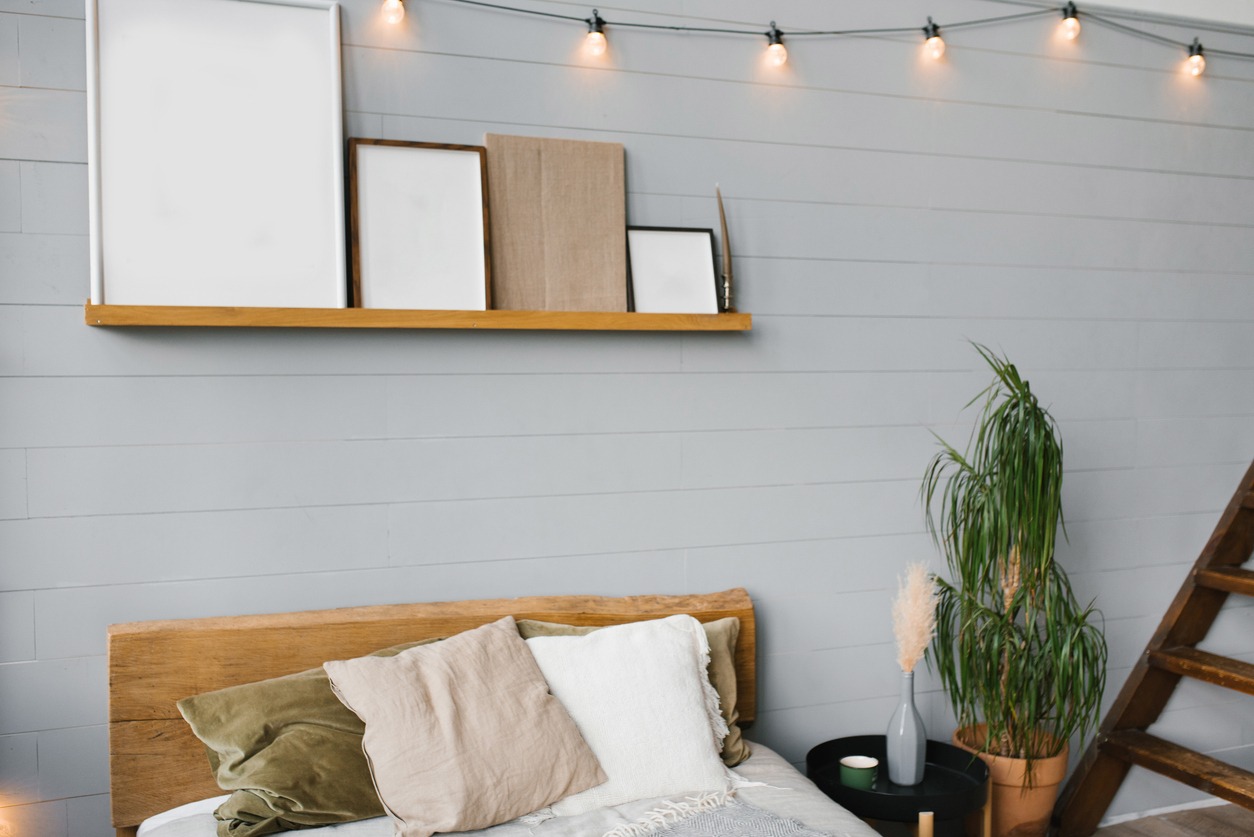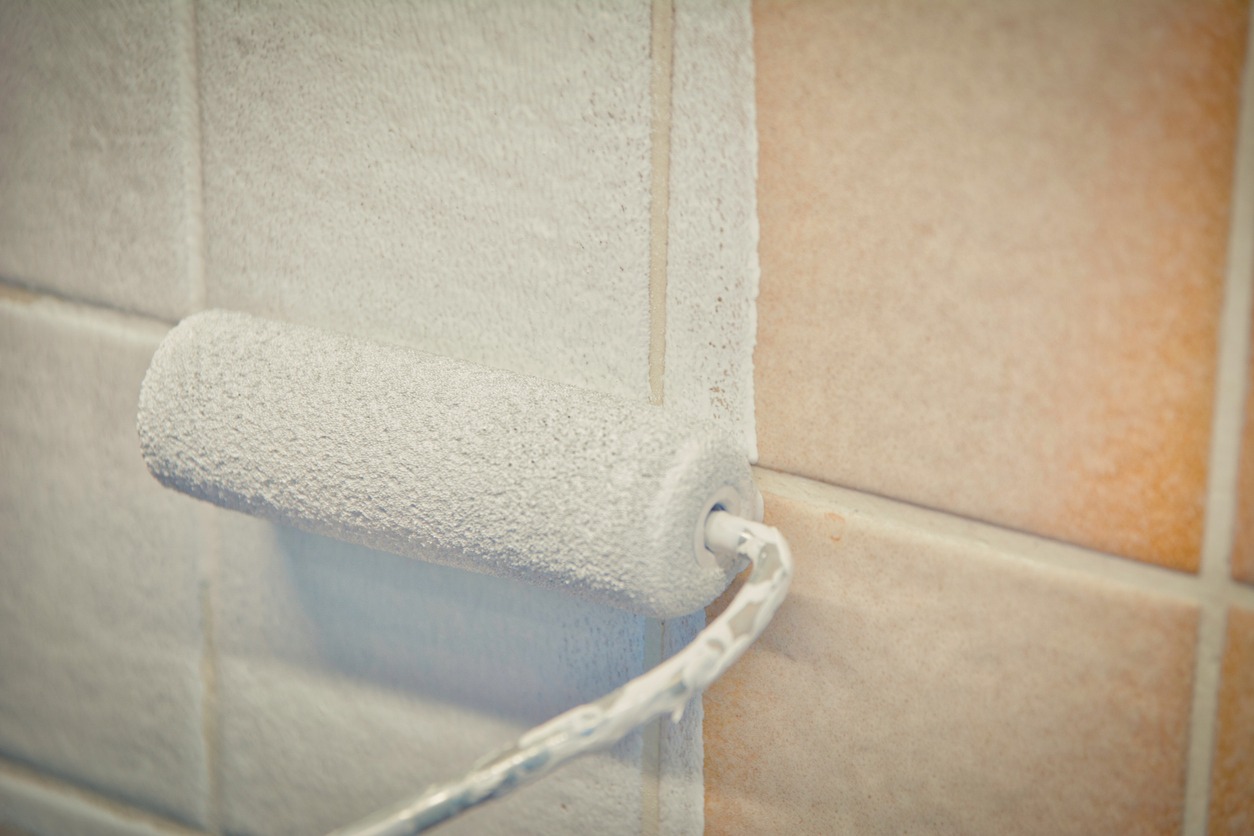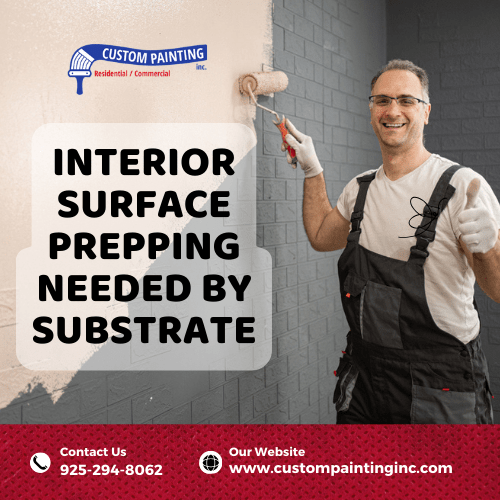House painting requires thorough surface preparation for better paint adhesion and durability. Professional residential painters know the benefits of a well-prepared surface, which is the key to a durable paint job.
What is a substrate, and how do paint professionals deal with it?
A substrate is a material on which paints, stains, primers, and other finishes are applied. The best painting contractors deal with various types of substrates. They approach every substrate type through correct preparation, application, and cleanup to produce a solid and long-lasting result.
Common types of substrates found in a home

When painting a home, the type of substrate (surface) you are working with determines the preparation and painting process. Here are some common substrates found in homes and the respective preparation and painting processes for each:
1. Drywall (gypsum board) — Drywall is a common building material for interior walls in dry areas. It consists of a gypsum core with paper covering.
Preparation:
- Clean the surface – Dust off dirt or debris.
- Repair damage – Fill holes, cracks, or dents with joint compound. Sand the patched areas smoothly.
- Sand the surface – Lightly sand the entire wall to remove rough spots.
- Prime – Apply a coat of primer specifically designed for drywall.
-
Painting:
- Choose the correct paint – Use interior latex paint.
- Apply paint – Use a roller for large areas and a brush for edges and corners. Apply at least two coats, allowing each coat to dry fully before applying the next.
2. Wood – Wood, another common substrate for home walls, must be less than 10% moist when used.
Preparation:
Clean the surface – Wipe down with a damp cloth to remove dust and dirt.
- Sand – Sand the surface to remove old paint or varnish and smooth rough areas.
- Repair damage – Fill holes and cracks with wood filler, then sand smooth.
- Prime – d Apply a primer suitable for wood.
-
Painting:
- Select paint – Use latex or oil-based paint.
- Apply paint – Use a brush for a smooth finish. Apply at least two coats and sand lightly between coats if necessary.
3. Metal (walls, railings, doors, and fixtures) – The most common metal substrates are aluminum and steel.
Preparation:
- Clean the surface – Remove any rust, grease, and dirt. Use a wire brush or sandpaper to remove rust.
- Sand – Sand the surface to create a smooth finish.
- Prime – Apply a rust-inhibiting primer.
Painting:
- Select paint – Use metal paint (enamel or oil-based).
- Apply paint – Use a brush or spray paint for even coverage. Apply at least two coats.
4. Concrete (walls, basement floors, and patios) – Concrete is a type of masonry made from a mixture of cement and aggregates. All concrete substrates should be clean, dry, and free of dust, dirt, and other contaminants that may prevent adhesion or affect overall performance.
Preparation:
- Clean the surface – Remove dirt, grease, and any existing coatings. Use a power washer if needed.
- Repair damage – Fill cracks and holes with a concrete patching compound.
- Etch the surface – Use a concrete etching solution to open up the pores of the concrete for better paint adhesion.
-
Painting:
- Select paint – Use concrete or masonry paint.
- Apply paint – Use a roller or brush. Apply the paint in at least three thin layers. Ensure the paint has no streaks, brush strokes, or lap marks. Allow the paint to dry for 24 hours.
5. Brick (Fireplaces and exterior walls) – Brick is another type of masonry used in both exterior and interior walls. New brick must be set for 30 days before coating to avoid moisture issues like efflorescence.
Preparation:
- Clean the surface – Remove dirt, moss, and efflorescence using a wire brush and mild detergent.
- Repair damage – Fill any cracks or gaps with mortar.
- Prime – Apply a quality masonry primer or latex primer.
-
Painting:
- Select paint – Use top-quality masonry paint or latex paint.
- Apply paint – Use a brush or roller. Apply at least two coats.
Important note: Choosing paint for brick is crucial; once applied, removal is nearly impossible. This is why you must be sure about the color and finish of your chosen paint.
6. Plaster or veneer plaster – Plaster is a cement substrate prone to alkali and efflorescence. To properly coat it, wait 30 days for curing and maintain moisture below 15%. Next, use an acrylic latex primer (or any primer suitable for plaster).
Preparation:
- Clean the surface – Dust and wash the surface if needed.
- Repair damage – Fill cracks and holes with plaster patching compound.
- Sand – Lightly sand the patched areas.
- Prime – Apply a primer suitable for plaster.
-
Painting:
- Select paint – Use interior latex paint.
- Apply paint – Use a roller or brush. Apply at least two coats.
VERY important – DO NOT SAND plaster or veneer plaster before priming it.
7. Vinyl siding – Vinyl’s non-porous nature completely blocks moisture from entering. This substrate requires the right prep work. But once you apply paint (or other coating) to vinyl, it is guaranteed not to peel.
Preparation:
- Clean the surface – Wash with a pressure washer or scrub with soap and water to remove dirt and mildew.
- Repair damage – Fix any loose siding or cracks.
-
Painting:
- Select paint – Use paint specifically formulated for vinyl siding.
- Apply paint – Use a brush, roller, or sprayer. Apply at least two coats.
8. Ceramic tile (kitchen backsplashes, countertops, floors, and bathroom walls) – Ceramic substrates, most commonly ceramic tiles, are found in areas requiring durable, water-resistant, and easy-to-clean surfaces.

Preparation:
- Clean the surface – Remove grease, soap scum, and dirt. Use a tile cleaner.
- Sand – Lightly sand the surface to ensure paint adhesion.
- Prime – Apply a primer suitable for the tile.
-
Painting:
- Select paint – Use epoxy or latex paint designed for tile.
- Apply paint – Use a small roller or brush. Apply at least two coats.
Parting words
The substrates mentioned above are common in houses and many businesses. Knowing the type of substrate your home has helps you determine the correct preparation and paint. Follow these specific preparation and painting guidelines for each substrate. You can achieve a professional-looking finish and ensure the longevity of your paint job.
Custom Painting, Inc. understands the different types of substrates and has the tools and techniques to make each last and look good for years. Call our experts at 925-294-8062 or complete our contact form for a free consultation and estimate.

